I'm currently dealing with the fallout from BitBucket dropping HG support. We're going to be giving hg-git a try because, while my preference is self-hosting, my boss isn't quite mad enough at Atlassian to move away from BB yet. Taking this opportunity to clean up our existing HG repo before the conversion to GIT. Have used hg convert to remove some accidentally committed binaries to reduce size, etc.
One thing I've noticed is that we've got about two dozen old branches that are technically "open", but have been merged into default (no closing commit, but they're months to years old). Is there any way I can use a tool like hg histedit or during the hg convert to go back and specifically mark old branch heads with --close-branch?
Looking through docs I can find things about editing files, editing the contents of commits, or modifying commit messages, but nothing I can find mentions meta-data around whether a commit is "closed". I know this is just a flag on a given commit, but I don't know how to retroactively add it via any HG extension.
Edit: Just to add a bit more clarity, I recognise I can just update to each of these old branches & add a new commit that just closes the branch. There'll be a lot of dangling-looking, closed heads, but that'd work fine enough. However, I also then have to give each of them a bookmark in HG as well, or these additional "closing" commits are lost in the hg-git conversion. I'd rather avoid having to add ~30 additional branches to the git branch-list, just to have them show up as closed properly in HG without having to use revsets.
What I want to do isn't "essential" in the grand-scheme of the repo, but I'd be surprised if editing a commit's metadata to say --close-branch were impossible.

